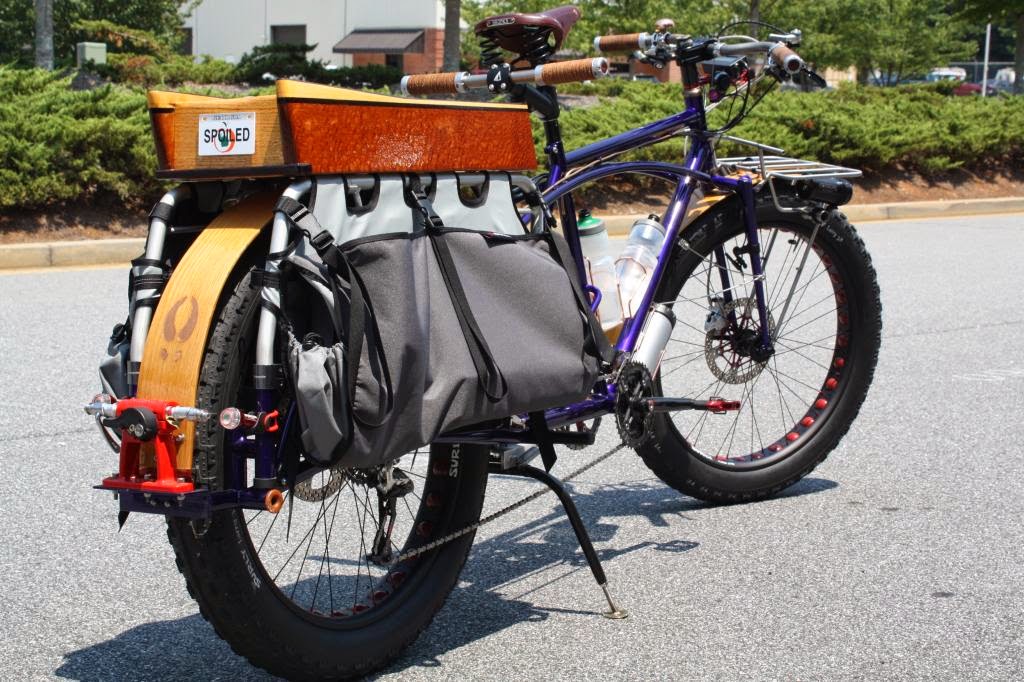Many cyclists are interested to know how long the bike tires last? It may be the case that one has bought a spare bike tire and hung it on the wall of his garage, now he wants to know if it will be safe in the garage or not. Or how long will it last in storage if it remains unused?
Well, to your question, “how long do bike tires last in storage” the answer is, “If it is placed under the right environmental and storage conditions, it will last more than 4 to 10 years”. So you see, the lifespan of a tire widely depends on what conditions bike tires are stored in.
In this guide, you will not only know what environmental conditions are suitable for your tires and things that can harm them but also how to properly store your bike tires.
Table of Contents
Tires, which have five years of span, are completely safe on the road. However, if you intend to use a tire older than five years, experts suggest you get them checked every coming year to see any crack or wear issues.
Tires are well functioning up to ten or sometimes even 15 years. However, many factors can cause early deterioration of your bike tires.
The unused tires last for four to ten years, and it all depends on
Various environmental factors affect the lifespan of your bike tires in storage. These include;
We shall discuss all these factors in detail here;
Oxygen is the main reason behind the rubber breakdown. Oxygen breaks the rubber from both inside and outside of the tires. That is the reason why special antioxidants compounds are used in rubber. These antioxidants also slow down the aging process of the rubber.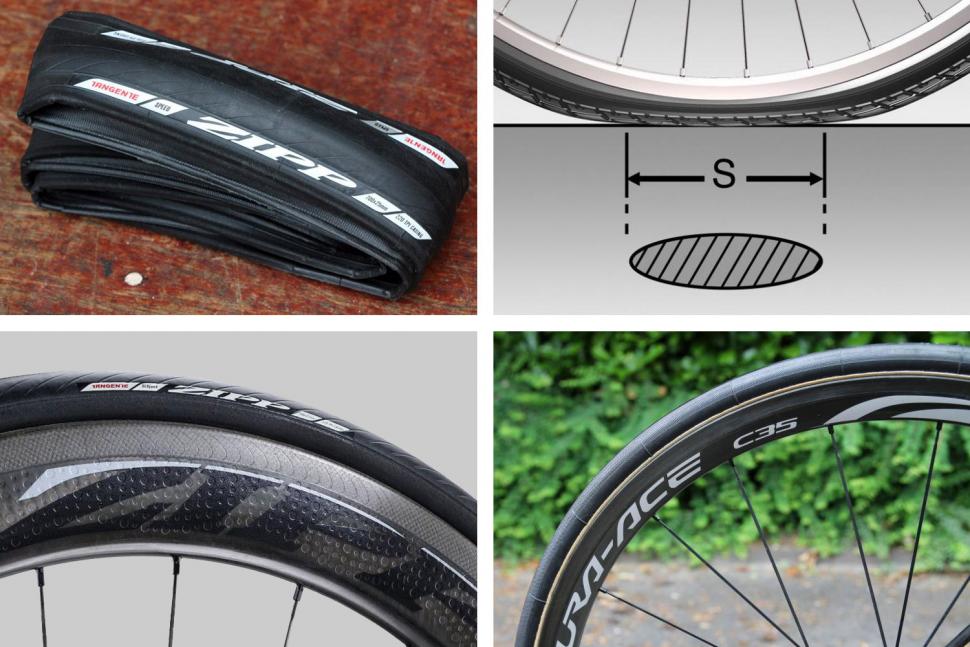
In any conditions, if the polymer of the tire gets altered by oxygen due to rapid oxidation, this will eventually result in;
If the temperature is raised, the oxidation process gets doubled. Therefore, tires are kept in garages where there is low temperature, the polymer of the tire remains healthy. This way it lasts longer.
Besides oxidation, the bike tires often get irradiated by UV and sunlight. Direct exposure to sunlight causes the tires to absorb UV light automatically. This is due to the free-radical reactions initiated by these ultraviolet radiations.
This process is the same in all the substances making rubber compounds. However, manufacturers have found the solution to this problem in Carbon Black, which absorbs light and transforms it to heat. Thus, Carbon Black increases the span of the tires this way.
Thus, Carbon Black increases the span of the tires this way.
However, like every material, with time this shield of Carbon Black loses its ability to stabilize UV rays, exposing the tires to these deteriorating UV rays.
If the bike tires are improperly stored outside, the unprotected rubber will take about two weeks to get Ozone cracked.
Although the ozone concentration is very low in the environment, it is still very harmful to elastomers – that are used widely for tire manufacturing.
Ozone forms cracks on the surface of the tire. These cracks may also go inside the material, causing the new material to go under further attack.
Ozone cracking potentially destroys the sidewalls of the bike tires. Therefore, you must carefully hang your bike tires inside the garage with little sun exposure and ambient temperature to keep your tires for a longer period.
At high temperatures, rubber undergoes profound changes when in storage..jpg) When combined with oxygen, the increased heat causes thermo-oxidative degradation, which means the rubber aging process is accelerated.
When combined with oxygen, the increased heat causes thermo-oxidative degradation, which means the rubber aging process is accelerated.
In places with hotter climates, the tires last for less time. They fail pretty early, no matter if they are used or new.
Many storage conditions also affect the lifespan of bike tires. These conditions are;
People will advise you to store your bike tires in a relatively cooler place, a place where the temperature is not more than 77 F, and the down temperature is not less than 32 F.
The storage place should not have direct exposure to sunlight or artificial light since both can cause UV rays.
The storage room should not have a water source, as it creates moisture or humidity on the surface. If the tires get exposed to moisture or humidity, their lifespan gets shortened.
Liquids are the potential sources of ozone which is fatal for the rubber.
Ensure that the storage place is dry enough and there is no water source nearby, which causes humidity.
The storage place should not have any equipment that is producing ozone. These ozone-producing pieces of equipment include electric motors, fluorescent lamps, generators, etc.
Things that can make electric discharges should not be placed in the storage room. This is because when there is excess ozone in the atmosphere of the storage place, it may cause cracking of the rubber when the pressure is applied.
Tires should be stored vertically on a slightly elevated surface. The least amount of pressure is applied to the tire in this position. If the storage room is out of space, make sure you are not placing the tire higher than 6 feet.
In this way, there’s no unnecessary stress that is put on the sidewalls of the bottom tire.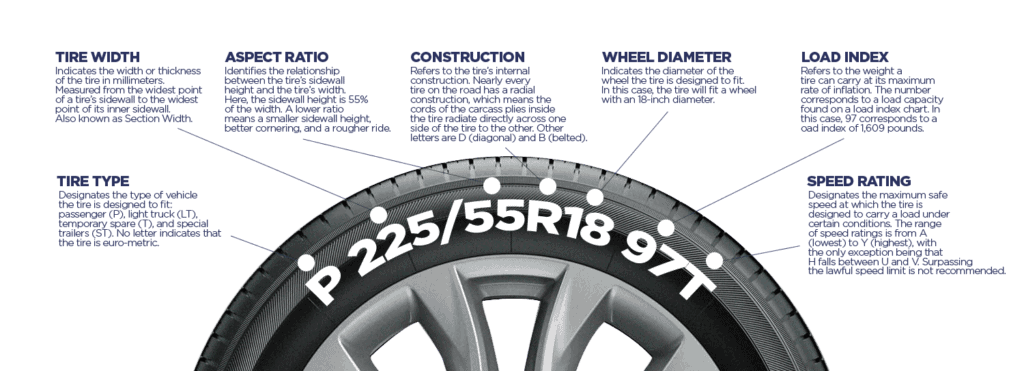 Wrenched tires will not retrieve their form when pressurized.
Wrenched tires will not retrieve their form when pressurized.
Properly storing your bike tires undoubtedly increases the lifespan of your tires and keeps them safe.
These three tips will help you do so.
Go through these steps to make sure that your tires are ready for storage;
Professionals approach different methods of storing bike tires. You can go either way;
Laying bike tires facedown on their side and separating them with cardboard sheets is enough.
However, this may put pressure on the tires if left for months.
For a tire with a fiber bead, you have to unfold it. However, professionals demonstrate that re-folding your tires at the end of a season is perfectly fine.
However, folding a tire will cause the rubber to weaken over time. Therefore, it will not be ideal for a lengthy period.
Hanging your bike tires on the rim is the best storage approach as it will help eliminate stress and maintain their shape.
Many professionals apply 303 Protectant before hanging their bike tires on rims. They do so even before stacking them flat and unmounted.
However, many instruct that cyclists shouldn’t use any chemicals when cleaning or storing their tires.
When the rubber age is completed, the tire may stop working properly. Also, stored tires stay for a limited amount of time. This is because when they are used, they get greased regularly. And this greasing is good for the tires.
This is because when they are used, they get greased regularly. And this greasing is good for the tires.
However, you can easily use the tires even if they’re ten years old. Many cyclists are even using bike tires that are 15 years old. These tires are working fine.
But, it is recommended not to use a tire older than ten years. We hope this article answers your question about how long bike tires last.
Any cyclist who’s been through this or that knows very well that good tires and quality inner tubes can make all the difference in the world. I guess that’s also why neither comes cheap.
So, when you spot a sweet deal on tubes or tires online, it isn’t difficult to understand why the first thought that comes to mind is to stock up on them before everybody else does—and they sell out.
And then, as you hastily fill your cart with spares and send your mouse racing toward the “Buy” button, it strikes you that you have no clue at all about how long bike tires and inner tubes last in storage.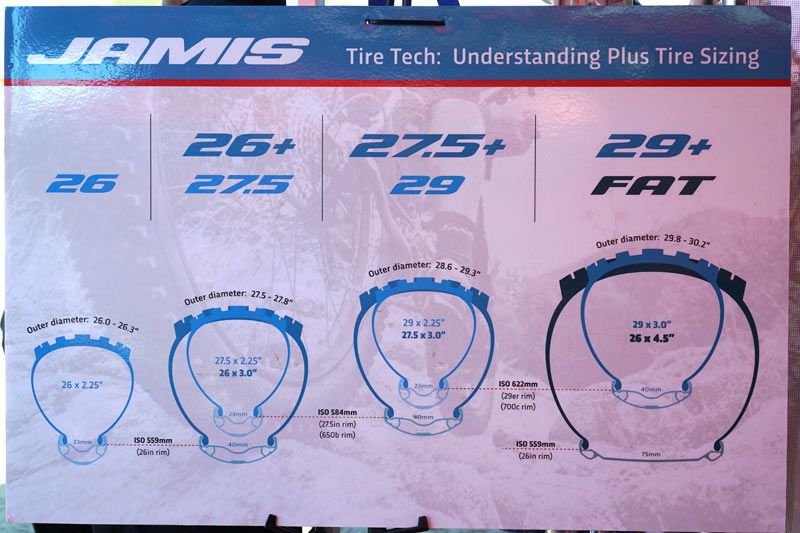
Properly stored, bike tires and inner tubes last for 4 to 6 years. Store unmounted bike tires on wall hooks in your garage and keep unused inner tubes in a drawer, preferably in the cardboard box they came in.
Your tires are the only thing that’s touching the ground when you’re riding. If you want it to stay this way, keep a small supply of spares on hand and throw away (or repurpose) any old tires or inner tubes you suspect are on their last legs.
In this post, we will talk about the five factors that degrade unused bike tires and spare inner tubes slowly but surely—and the storage techniques that you can use to keep your spare tires in mint condition so they’re ready to mount when you need them.
The older your bike’s tires get, the less traction and poorer wear resistance they have. Eventually, they reach a point where they’re likely to let you down when you need them the most, whether that’s landing after a jump on your mountain bike or taking a steep turn in the countryside on your road bike.
Let’s take a look at the main reasons why this happens, and what this tells us for your spares’ lifespan.
Many riders find it surprising that air—the very thing we inflate our tires with when mounting them on the rims—is also what wears them out the most during storage.
The first (and perhaps most surprising) factor that majorly impacts how long a tire will last in storage is how aerated your storage space is. The United Tires Library, as a matter of fact, lists oxygen as the number one killer of stored tires.
Over time, oxygen breaks down rubber, the main material in tires, inside and out. Dated bike tires can dry out, crack, and become unusable over time partly due to oxygen exposure and the oxidation that results from it.
Store tires in a well-ventilated, but not over-ventilated, space. Wrap inner tubes tightly in a bag to protect them from oxidation.
Ozone is another factor that negatively impacts the long-term health of a tire in storage. Contrary to popular belief, ozone concentrations are actually higher in rural areas than they are in big cities (this is known as “the ozone paradox”).
Contrary to popular belief, ozone concentrations are actually higher in rural areas than they are in big cities (this is known as “the ozone paradox”).
Tire manufacturers use antiozonants and waxes to fend off damage from ozone, but if not taken care of, the wax disappears from the surface, leaving the rubber brittle and vulnerable to cracking.
Your bike tires are more likely to sustain irreparable cracks when stored near motors, generators, furnaces, and hot pipes. Anything that produces an electric current or heat effectively contributes to the creation of ozone.
Don’t put your tires next to your ozone air purifier (but you already knew that).
Another producer of ozone, UV light—basically, electromagnetic radiation from the good old sun—can affect stored tires in many ways. The most serious is that it destroys elasticity and flexibility, the two qualities that make tires so useful.
Direct sun exposure can also shrink tires, which is why you might find your brand-new tires don’t fit all of a sudden if you leave them outside.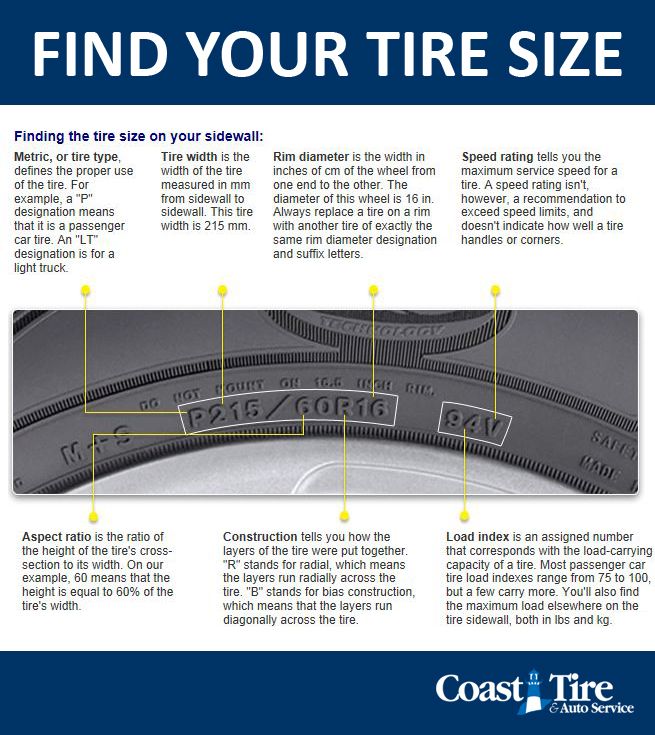 Lastly, like most other tire killers, UV radiation can also cause cracks, sometimes rendering a tire unusable.
Lastly, like most other tire killers, UV radiation can also cause cracks, sometimes rendering a tire unusable.
With all that being said, it’s best not to store bike tires outside or near a window, even for a short time. Artificial light also emits UV radiation, so a lights-out policy is preferable for long-term storage.
In other words, it’s best to mount your tire hooks next to but not facing the windows.
Fluctuating temperatures cause the pressure inside your bike tires to change. Heat agitates the air molecules inside a tire, causing it to expand. Conversely, cold air reduces molecular activity and causes tires to contract.
While neither of these is particularly damaging by itself, the constant hot and cold cycle, the expansion and contraction, stresses a tire out and causes it to lose pressure.
The damage goes beyond the need for a quick top-up, though.
Tires stressed in such a way will tend to be under-inflated or lose their pressure more quickly when riding.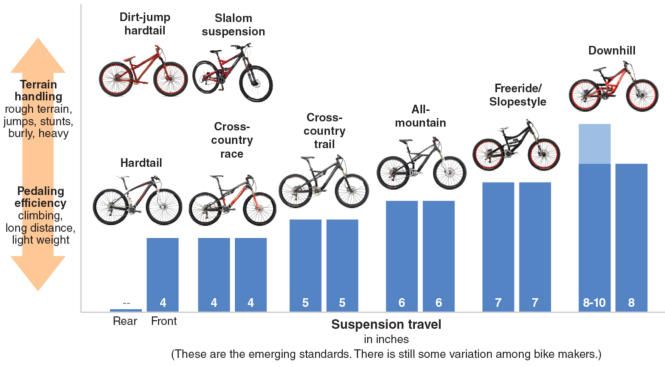 Of course, under-inflated tires make the going rougher and aren’t as safe as tires with a proper PSI.
Of course, under-inflated tires make the going rougher and aren’t as safe as tires with a proper PSI.
For the best storage life, bike tires should be stored at a temperature below 60°F (15°C).
Another factor impacting how long a bike tire will last in storage is the humidity. More humidity means more condensation on the affected tire.
While most rubber tires are coated with some level of protectant to fend off damages of this kind, the rubber itself will absorb moisture, leading to deformation and warping.
Higher humidity levels in states like Florida, California, and Texas mean that a bike tire will not last very long if left in a garage.
Worse yet, liquid condensation can produce ozone, which makes this particular storage hazard more detrimental to a bike tire’s storage lifespan.
Bike tires stored in sheds or near bodies of water are particularly susceptible to damage via humidity. Hanging tires vertically off the ground can eliminate the concern of humidity in the form of moisture on the ground getting to your tires.
With all these risk factors that can make your tire unusable in as little as a year or two, it’s important to consider the ideal conditions that impact a bike tires’ lifespan. Preparing your bike tires for storage is essential.
A quick clean of any grime or grit using a tire brush using water (no soap needed) ensures that it’s clean and ready for use when you take it back out. Just make sure it’s fully dried before storage.
Store your bike and your unmounted tires on wall mounts in a cool and dry place, not facing any windows and at least a few feet from appliances like the fridge and freezer, which push out a lot of heat from the back.
Bike tires will last much longer if you rotate their position and give them a good flexing once a month to avoid deformation. This is easy to forget, so set a reminder on your phone or a recurring event in your calendar and you should be good.
Keep inner tubes away from the windowsill and store them in a closed cupboard instead.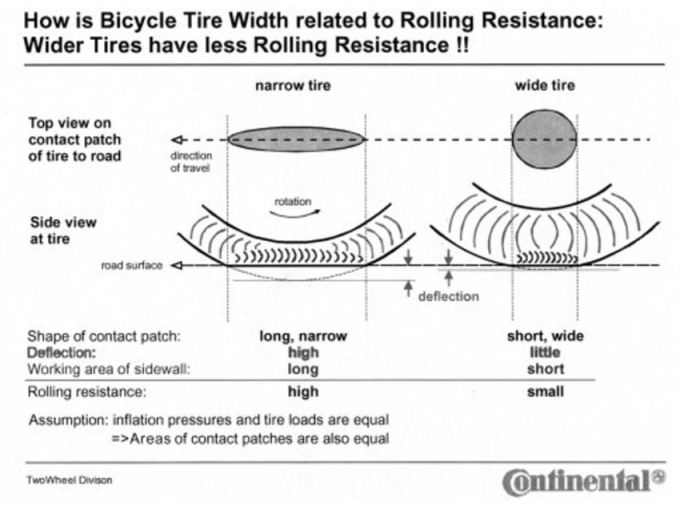 If you live in an apartment in the city, the pantry or the cupboard where you keep your cleaning supplies are two of the best storage options.
If you live in an apartment in the city, the pantry or the cupboard where you keep your cleaning supplies are two of the best storage options.
With tender loving care, unmounted bike tires can generally be stored for up to 6 years before they need to be thrown away. So says Schwalbe Tires’ website. (And if you haven’t used them up by then, you probably have to ride more!)
Bike tires can last for years when stored under the right conditions. Good preparatory practices, maintenance, and careful selection of storage environment all positively affect how long a bike tire can last.
Temperature fluctuations, humidity, and sunlight are all factors that can quickly render a bike tire unusable through cracking, under-inflation, and embrittlement.
Bike tires stored in such unsafe conditions can be a hazard to the rider, so it’s always important to check tires carefully for cracks or brittleness before riding.
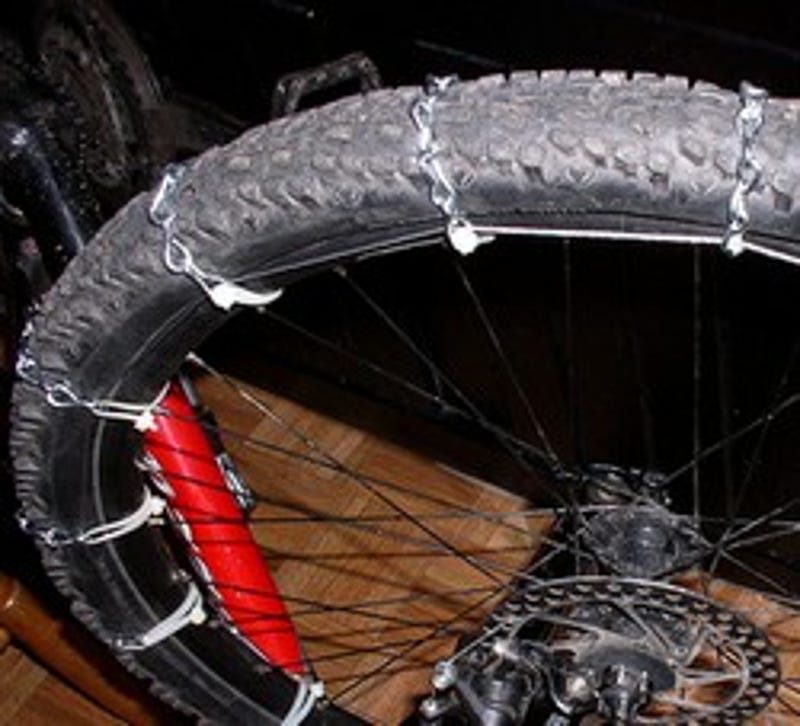
For those who do not have a garage or storage room, storing tires on the balcony is the only way to protect them from damage. If the process is organized correctly, then the rubber can lie there for a very long time. Manufacturers stipulate in advance some of the nuances that relate to the order of placement of tires. There are special storage devices, additional accessories. A special approach requires storing a bicycle on a balcony. 9Ol000 issued a separate guide for this. Violation of paragraphs of article 6 of GOST R 54266-2010 threatens with the appearance of cracks in rubber, loss of shape, and distortion of tires.
Article “Pneumatic tires. Packing, transportation and storage” contains the following points regarding the storage of wheels, applicable to balcony conditions:
 The balcony must be airtight, without moisture, glazed.
The balcony must be airtight, without moisture, glazed. 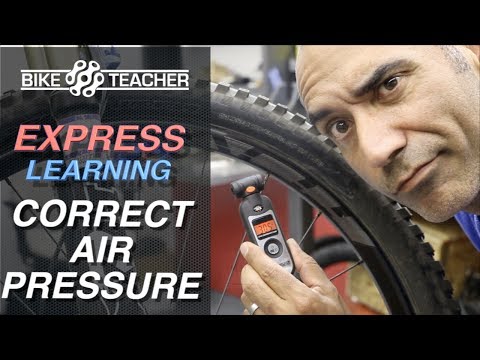
The glazed balcony with tinting without heating is best suited for these conditions. Storage of wheels on an open balcony is allowed no longer than 1 month.
The most important factors to pay attention to in order to keep the rubber intact are:

The last item includes sun rays, hazardous substances, gas and the like. An open balcony should not be taken into account, due to the inappropriate storage on the street.
In addition to the maximum possible indicators stipulated by GOST, there are standard conditions, they usually include tires on the balcony. The optimum air temperature in the room ranges from -20 to +10.
In order to comply with this mode and prevent the reduction to the minimum or maximum allowable heating, additional preparation of the balcony is required:

If the temperature on the balcony for a long time (just a few days in summer) keeps the balcony warm to the maximum, the rubber will deform. It becomes softer, loses its shape, becomes dangerous to humans, as it releases harmful vapors.
Going below 0, tire density changes. It becomes rigid and, being in this state for a long time, loses its wear resistance and is subject to mechanical damage.
It would seem that tires are not in the driest environment on the roads all year round, the weather and roads in Russia are far from ideal. But they must be stored in a dry place. Not only should there be no water on the shelves, walls and floor, but the air should also be dry. It is recommended to maintain indicators from 50 to 80%. High-quality ventilation contributes to maintaining optimal air humidity.
Before sending the wheels for conservation, they must be washed. After drying thoroughly, they are put away for storage. Responsible owners treat the rubber with a moisture-repellent spray.
Responsible owners treat the rubber with a moisture-repellent spray.
Water affects the condition of tires in the following way: it gets on the surface and, under the influence of temperature, spoils the material underneath. Tires deteriorate, lose their performance properties.
You can't just throw a bunch of wheels on the balcony, they can change shape and become a useless piece of rubber. Experts recommend in any case to store the tires in an upright position.
Do not hang tires on the hook. They weigh enough to stretch under their own pressure. Stretching will become noticeable within a few weeks after placement.
After changing tires from summer to winter and leaving for conservation, the wheels on the balcony must be moved periodically. Once every 1.5-2 months is enough for them to change the center of support, and the form remains working. It is extremely dangerous to stack the wheels in a slide, one on top of the other.
The lower one under pressure will change shape, like the one above it. There is only one salvation, if this is the only way to place them in the existing conditions - to periodically change their places. But this is risky, you need to change it often, many people forget to do it.
Do not put anything on top of the tires, especially heavy objects. Rubber tends to deform even from small loads. During operation, this will bring a lot of problems: contact with the road will be broken, the adhesion area is reduced. Rubber wears out faster.
When it becomes necessary to change tires, be sure to check it for defects. If there is a suspicion of a violation of the integrity of the layer or deformation, you need to contact a specialist. Perhaps the tires have deteriorated and can no longer be used.
Storage of wheels with rims on the balcony has some peculiarities. Since the pressure is distributed differently here, it is forbidden to place them vertically. The disks will put pressure on the tires and they will change their characteristics. This is the only option when it is appropriate to stack the wheels. Damage that may result from improper storage will be minimized.
The disks will put pressure on the tires and they will change their characteristics. This is the only option when it is appropriate to stack the wheels. Damage that may result from improper storage will be minimized.
Another option is to hang them by the disc. This position will completely protect the rubber, the main thing is to make sure that the disks do not touch.
Most car enthusiasts agree that it is inconvenient to store wheels on the balcony, because you need to constantly monitor them (turn over, observe temperature, humidity).
In addition to humidity and temperature, there are several other factors that affect the condition of rubber:
 Rubber and chemicals should be kept at a distance from each other.
Rubber and chemicals should be kept at a distance from each other. Rubber properties deteriorate due to these indicators, it is better to protect yourself from troubles in advance.
IMPORTANT: before placing the wheels on the balcony, calculate their approximate weight. Small balconies are external extensions to the wall, initially they can withstand about 600 kg. If you subtract from this the glazed trim, furniture, floors and everything that is already stored on it, there is not much left. It is not worth reloading the balcony slab, it may not withstand (see also the article “load on the balcony slab in a panel house“).
If you want to use a set of winter or summer tires for the next season, you must first prepare them for conservation.
And then constantly monitor the condition:
 After winter reagents, treat with a special chemical composition, rinse thoroughly and dry.
After winter reagents, treat with a special chemical composition, rinse thoroughly and dry. In order for them to be conveniently placed on the balcony, we came up with several interior items and accessories to complement them.
The purpose of these furnishings is to make tire storage as compact and convenient as possible, even in the smallest space. In addition, they have a protective function.
How to choose the best option for your home:
 Specify how much one wheel weighs from your car model, multiply by the amount that is planned to be placed.
Specify how much one wheel weighs from your car model, multiply by the amount that is planned to be placed. First of all, you need to take into account the free space on the balcony, the place where the structure will be installed. Keep in mind that the wheels will not just lie there as a dead weight, but access will be needed to move them, mark them, and process them. Therefore, there should be a small space between the wall and the tire storage item on the balcony.
Used for vertical placement. The simple structure consists of two L-shaped sides and parallel retaining beams.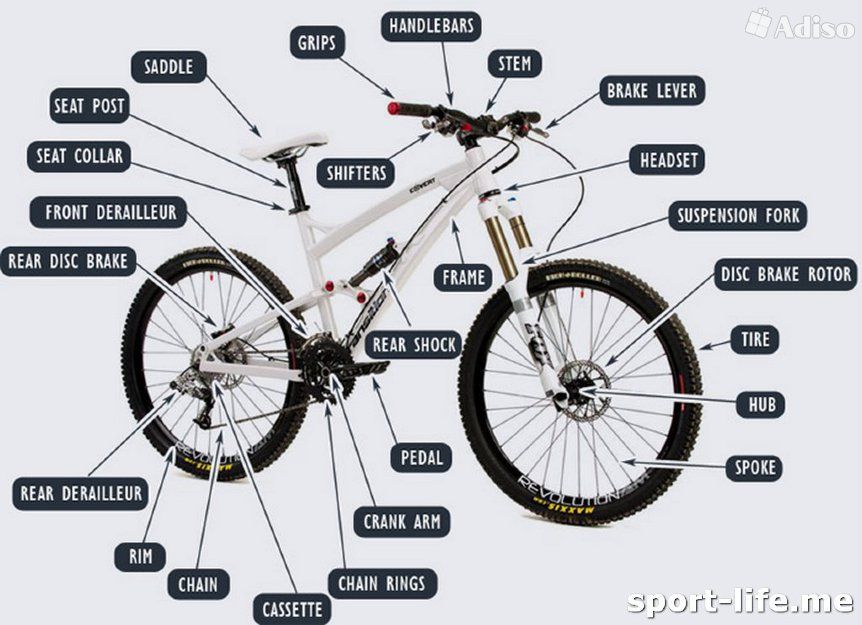 Additional elements are connected along the edges of the G. It is not adjustable and is designed for specific tire sizes.
Additional elements are connected along the edges of the G. It is not adjustable and is designed for specific tire sizes.
A more complex option involves the ability to change the shelf capacity.
For this:
These shelves can carry more than 4 wheels.
There are open (shelving) and closed options. If there are several cars in the family, the rack will be a great helper for placement. Most often they are made of steel, the beams are made with perforation. This makes it possible to move the shelves to the required height, if necessary.
Advantages of balcony shelving:
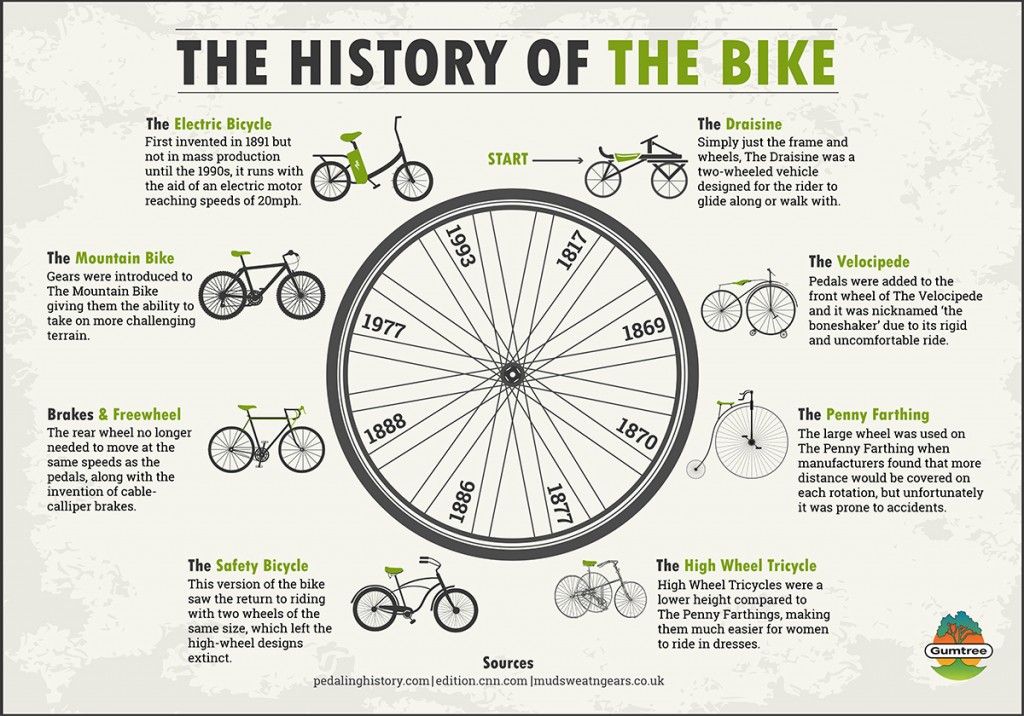
Cabinets are made of metal and have holes for brackets. They can be hung. Inside, the cabinet is divided by shelves on which it is allowed to store tools and other items that are safe for tires. They are closed with familiar doors, protected from the sun and other external threats.
Read also the article "How to make a shelving on the balcony with your own hands cheaply and beautifully".
This is a pipe that is attached to the wall with a support. Their second name is suspensions. Such interior items significantly free up space on small balconies. Tires are placed on the wall, under the ceiling and do not interfere at all.
To prevent the wheels from slipping, the brackets are angled. The average weight that it is able to hold is 60 kg (2 medium wheels). When installing, there must be enough space between the brackets to allow free space for the busbars.
Some varieties can be moved, others are fixed in place. The wheels on them are stacked. Between the pairs there is a regulating piece that prevents the tires from touching. The device eliminates the pressure that is generated by this method of storage, while saving a lot of space on small balconies.
The wheels on them are stacked. Between the pairs there is a regulating piece that prevents the tires from touching. The device eliminates the pressure that is generated by this method of storage, while saving a lot of space on small balconies.
There is another type of construction with two parallel hooks on which the wheels are hung on the sides of the rack.
Special protective covers are used to protect against moisture, damage and other hazards. Fabrics that are used for sewing from heat and moisture resistant material. Their size is regulated by Velcro, there are unique conveniences in use:
It is recommended to treat the wheels with a dirt-repellent spray before storing them. Its additional function is moisture protection. At the heart of the most popular products, the active ingredient is silicone.
If there is nowhere and you don't want to do this process, it is better to use a special service provided by car dealerships and car services - to store tires in their special boxes.
Bicycle storage on the balcony requires a special approach. There are nuances here that must be taken into account.
Preparing the bike for storage on the balcony takes place in several stages:
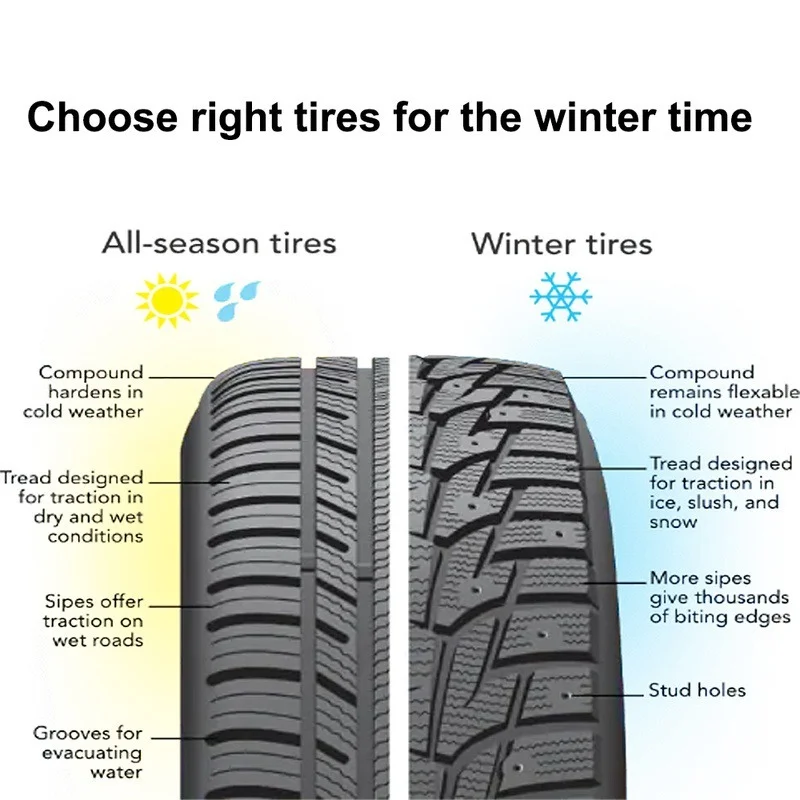 A special device is used to clean the chain. If it can be removed, this will significantly speed up the process of preparing the bike for conservation.
A special device is used to clean the chain. If it can be removed, this will significantly speed up the process of preparing the bike for conservation. 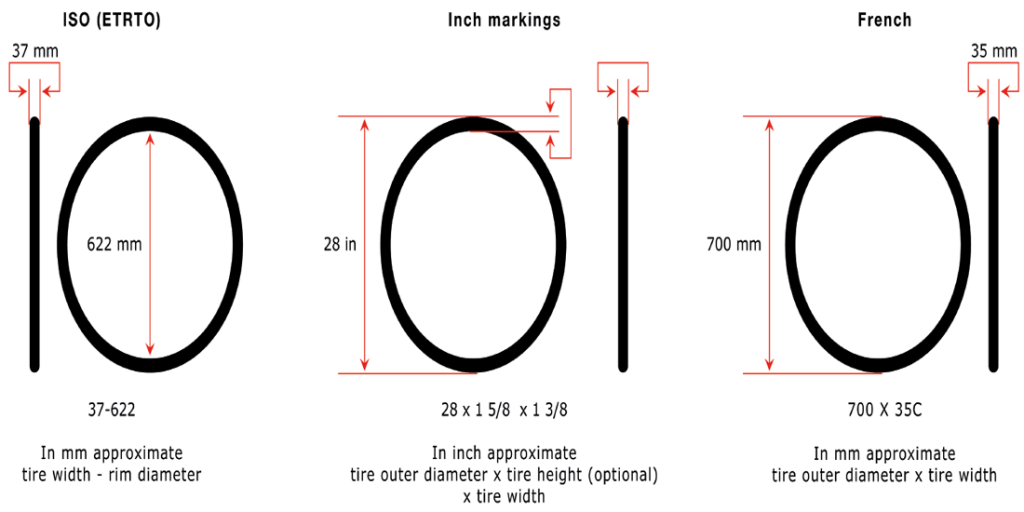 5 atmospheres.
5 atmospheres. Bicycles can be placed on the balcony in the same way as tires.
It is unacceptable to store a bicycle on an open balcony, it is equivalent to leaving it outside. Do not place under the sun and near heaters. Humidity and temperature meet the standards for storing wheels.
How to properly store your bike on the balcony:
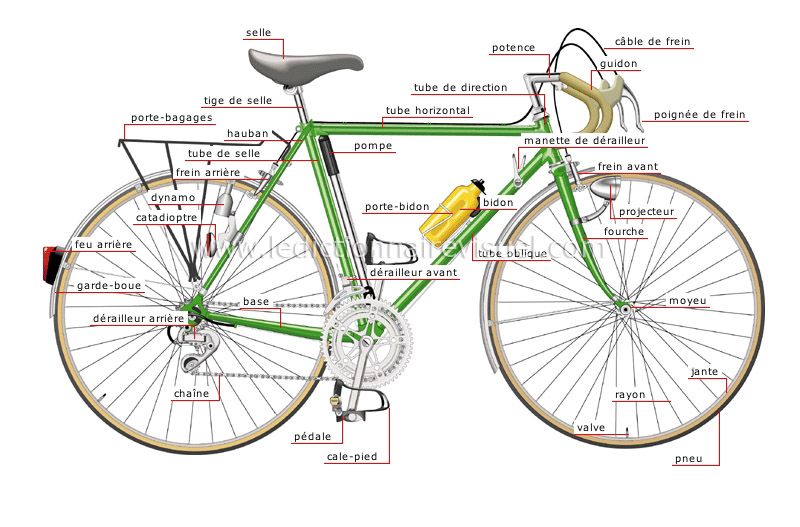 It is installed on the floor, can move if required.
It is installed on the floor, can move if required.
For safety there are special covers, capes. They are sold on Chinese websites or specialized bike shops. They are made from waterproof fabric and may have carrying handles. If it is not possible to purchase a cover, it is allowed to wrap the bicycle with a film or cloth.
If space allows on the loggia, they will equip a special cabinet for storing an iron friend. There he reliably hides from atmospheric phenomena and is not subject to damage. Bicycles are often stored in such a cabinet during operation, so the inner panels of the cabinet are made of materials that are easy to clean (plastic, metal).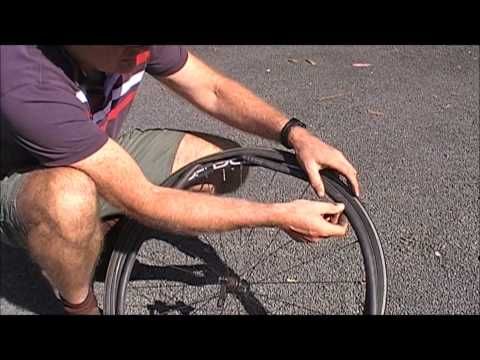
Read also the article "How to make a wardrobe on the balcony with your own hands cheaply and beautifully".
If the balcony is poorly heated or not heated at all, it is recommended to bring the tires and bicycle into the house during severe frosts. Otherwise, they can deteriorate, rubber crack, and metal corrode. It will become impossible to operate these things during the season. Pre-preparation for canning. Tires and a bicycle are placed as conveniently as possible, away from places of constant visit on the balcony.
Like the article? Tell your friends:
We welcome cyclists of all ages!
In this most interesting section of our site you will find articles about bicycles carefully collected and written by us. They reflect all the most necessary technical knowledge about bicycle technology, advice from professionals from the world of cycling, interesting facts and many other entertaining things.